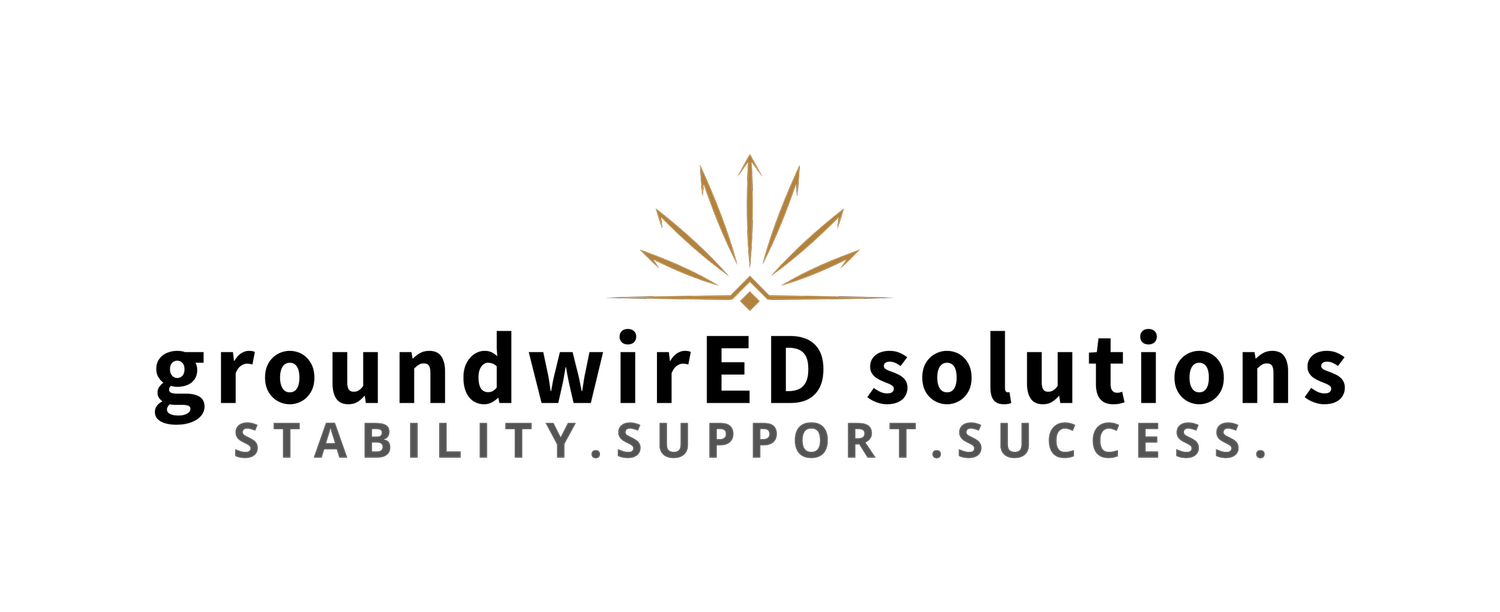The Art of Storytelling: Building Brands through Authentic Narratives
Early in my career, I had the opportunity to work for a large insurance company as a copywriter and producer. In this role, I traveled across the country to speak with policyholders about the support they needed during the most difficult – and vulnerable – times in their lives. Whether it was facing the aftermath of natural disasters, accidents, or the need for long-term care, I listened to them intently as they shared the challenges and the importance of having or lacking support.
I have long been passionate about understanding people and sharing their stories, and this experience sparked a desire to pursue a career in documentary filmmaking. My organization sent me to a documentary film workshop in Rockport, Maine. During the workshop, I had the honor of interviewing David Brown, an astronaut preparing for his first spaceflight on Space Shuttle Columbia. Our conversation delved into his preparations against the backdrop of the Challenger's loss in 1986. His reflections captivated and inspired me – and I recall taking great care in sharing them as part of my final project.
Tragically, the Space Shuttle Columbia mission ended in disaster on February 1, 2003, when the shuttle disintegrated upon reentry, just minutes before the scheduled landing. The air was sucked out of me when I learned about the loss of the seven astronauts, including the very person I had spoken with in-depth just a few months earlier. Within 24 hours, 60 Minutes contacted my employer to request access to my footage of David, which was used in a story they produced about this mission.
This experience had a profound impact on me. It reinforced the importance of telling the stories of individuals and communities with great care and empathy. It ingrained in me the critical lesson that storytelling might form a legacy when the storyteller can no longer do so. This experience has deeply influenced how I would go on to relay stories to connect with audiences for the rest of my career.
Understanding the art of storytelling is crucial in effective marketing and advertising. It isn’t simply relaying facts about your products or services; it’s about weaving a compelling story that captures the essence of your brand and resonates with audiences on an emotional level.
Key Elements of Effective Brand Storytelling
Embrace Authenticity and Transparency: authentic storytelling requires a foundation of truth. Stories should be genuine and reflect the brand’s true character and values. This authenticity should extend to how you source and retell real-life stories. Taking great care in accurately representing real stories and the people involved not only respects those whose stories are being told but also enhances your brand's credibility and trustworthiness.
Foster Inclusivity and Representation: integrate diverse voices and experiences into your storytelling, ensuring it is accessible and resonates with individuals from varied backgrounds. This commitment should be evident in the characters you portray, the scenarios you depict, the imagery and language you use, and how you engage with and represent real-life stories. Inclusivity, intersectional equity, and diverse representation are essential to building deeper connections and trust with your audiences.
Create Relatable Characters: center your story around characters whom your audience can identify. This could be a customer, a team member, or even the brand itself personified as the hero of the story. Relatability is critical as it allows the audience to see themselves in the narrative, making the brand's message more impactful.
Build Emotional Connections: the most memorable brand stories touch the heart. They should resonate emotionally, whether it’s joy, hope, empathy, or inspiration. Emotional ties can turn an ordinary brand interaction into a memorable experience, encouraging deeper engagement and loyalty.
Incorporate a Clear Narrative Structure: a compelling story has a clear beginning, middle, and end. It should introduce a scenario, present challenges or conflicts, and resolve them in a way that aligns with the brand’s mission. This structure helps maintain audience interest and ensures the message is coherent and powerful.
Highlight Conflict and Resolution: introducing conflict is not about creating drama; it's about illustrating your brand or customers' challenges and how they can be overcome. The resolution of these conflicts should highlight the effectiveness of your brand’s solutions, reinforcing the brand's role as a catalyst for positive change.
Use Vivid Imagery and Sensory Details: engage the senses by describing scenes, aromas, textures, and sounds. This sensory detail can help paint a vivid picture and make your story more immersive. It’s not just about what people see; it’s about how they feel when they experience your story.
Include a Call to Action: a compelling brand story often concludes with a call to action. This invites the audience to engage further with the brand, whether by purchasing, participating in a community event, or spreading the message. The call to action should feel like a natural extension of the story, offering a clear next step for those inspired by the message.
Crafting Your Brand Story
To develop a stand-out narrative, focus on what makes your brand unique. Is it your innovative approach, dedication to sustainability, or commitment to quality? Whatever your unique selling proposition, build your story around it. Ensure it aligns with your brand’s core values and resonates with your target audience.
Incorporating these elements into your brand storytelling ensures that your narratives are not only captivating and memorable but also resonate with integrity and purpose. Remember, effective brand storytelling isn’t just about selling products or services. It’s about creating a movement, building a community, and establishing a lasting relationship with your audience. By thoughtfully crafting stories and carefully considering how real stories are retold, brands can forge a genuine connection that resonates well beyond the initial interaction.
In my case, that has proven true 21 years after speaking with David Brown.
